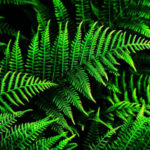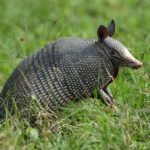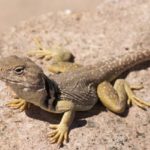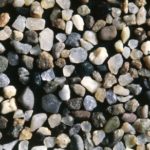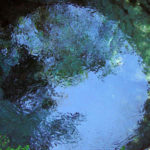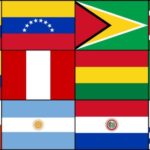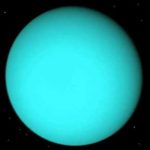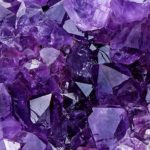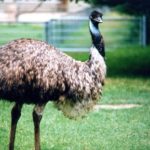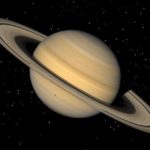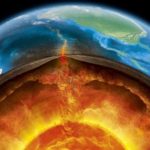14 interesting facts about continents
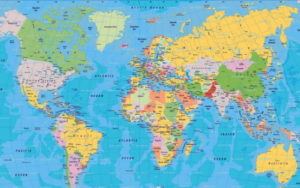 All the continents of our planet were once separated from the ancient continent, which split under the influence of tectonic forces. However, all of them are still part of the earth’s crust, and their movement does not stop for a second. It’s just that it is not noticeable throughout the life of one generation.
All the continents of our planet were once separated from the ancient continent, which split under the influence of tectonic forces. However, all of them are still part of the earth’s crust, and their movement does not stop for a second. It’s just that it is not noticeable throughout the life of one generation.
Of all the continents, Australia is the most dangerous to humans. She was the first to break away from the ancient mainland, and no less ancient forms of life survived on it. Therefore, Australians often joke that in their country everything that flies, crawls, runs or swims can kill you.
Despite the fact that the mountainous regions of Eurasia are still poorly studied, the least known continent is still the inaccessible Antarctica.
The debate about whether to consider Australia an island or a continent has been going on for a very long time. As a result, it was still recognized as the mainland.
Most mountain ranges are located in Eurasia. Following is South America.
About 90% of all ice on Earth is concentrated on one continent – Antarctica.
Scientists estimate that the wind annually carries about 2 million tons of snow from every kilometer of its coastline into the ocean.
Eurasia is washed immediately by four oceans. All other continents of the oceans got less.
Due to the movement of the continents, the shores of the Pacific Ocean diverge by several centimeters each year.
It is very likely that once there was another continent, Zealand, which broke away from Australia. However, then he, like the mythical Atlantis, went under water, and the modern islands of New Zealand are the mountain peaks of the sunken continent.
The only continent on which at sunset sometimes (subject to a number of atmospheric conditions) you can see the Sun is not yellow, but green – Antarctica.
It is Antarctica that is the highest (average altitude – about 2200 meters above sea level) continent of the Earth.
Unexplored areas are on each of the continents.
Eurasia is the largest of the continents, but it is usually divided into Europe and Asia.
Ancient scientists predicted the existence in the south of the mainland (Antarctica) long before its presence was confirmed during research expeditions.




